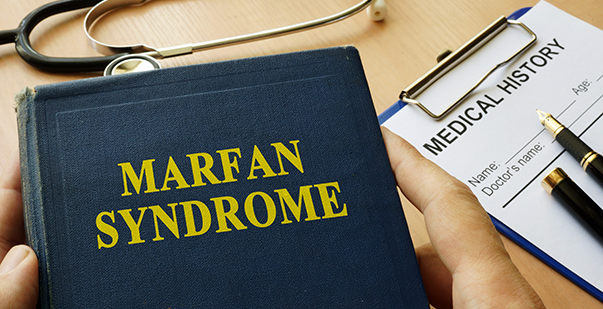What is Marfan Syndrome, and how does a PALS course help?

Updated on: March 22, 2024
The basic functioning of the human body is coded in its genes. However, sometimes these genes may have a defect during the formation of a baby. Marfan syndrome is a genetic abnormality that could affect a person’s life. This blog discusses the symptoms of the syndrome. You will also learn how a Pediatric Advanced Life Support course can assist you in helping a child with Marfan syndrome.
What is Marfan Syndrome in children and its symptoms?
Marfan syndrome is a serious connective tissue disorder that occurs during the developmental stages. Connective tissue holds the body together, and it’s found in all of the body’s organs and tissues. In people with Marfan syndrome, the connective tissue is weaker than usual, leading to various problems. The most common symptoms of Marfan syndrome in children include:
- Tall and Slender Build: Children with Marfan syndrome are typically taller and thinner than their peers. They may also have long arms, legs, and fingers.
- Abnormally Shaped Chest: The chest in children with Marfan syndrome may be caved in or stuck out. The shape of the chest affects the bone development of the ribs and lung placement.
- Eye Problems: Children with Marfan syndrome may have nearsightedness, farsightedness, or astigmatism. They may also have ectopia lentis when the eye’s lens is incorrect.
- <Heart Problems: The most serious health problem associated with Marfan syndrome is an aortic aneurysm. This is when the main artery carrying blood from the heart to the body enlarges and weakens. If the aorta ruptures, it can be a life-threatening emergency.
- Other Problems: Children with Marfan syndrome may also have joint, skin, and spine problems.
- If your child may have Marfan syndrome, seeing a doctor for diagnosis and treatment is essential. There is no cure for Marfan syndrome, but there are several treatments to manage the symptoms and prevent complications. Taking up suitable courses can help you assist someone with this disorder.
Difference between PALS and BLS certification courses
Most people get confused with the teachings and use of the PALS and BLS certification courses. Here are the critical differences between PALS and BLS certification courses in points:
- Audience: BLS is designed for anyone who may encounter a medical emergency, while PALS is designed for healthcare professionals who care for children and infants.
- Skills Taught: BLS teaches the basics of CPR, rescue breaths, and the use of an AED. PALS includes all of the skills taught in BLS, plus additional skills specific to pediatric care, such as assessing a child’s airway, breathing, and circulation; performing rescue breaths on a child; and using medications to treat pediatric cardiac arrest.
- Duration: BLS courses typically take 4-8 hours, while PALS courses typically take 12-16 hours.
- Recertification Period: BLS certification is valid for two years, while PALS certification is valid for one year.
Which skills in PALS can help you with this disorder?
Knowledge of PALS can help you better understand the workings of a child’s body. The following skills in PALS can help you help a child with Marfan syndrome:
- Assessment: Knowing how to assess a child’s airway, breathing, and circulation is essential for providing appropriate care. In children with Marfan syndrome, it is crucial to be aware of the potential for aortic dissection, so you should pay close attention to the child’s chest and back for any signs of pain or tenderness.
- Rescue Breaths: If the child is not breathing, you must give them rescue breaths. The rate of rescue breaths for children with Marfan syndrome is the same as for other children: 1 breath every 3 seconds.
- Chest Compressions: If the child’s heart has stopped, you must perform chest compressions. The depth of chest compressions for children with Marfan syndrome is the same as for other children: 1/3 to 1/2 the depth of the chest.
- AED Use: If an AED is available, you should use it. The AED should deliver an electric shock to the child’s heart, which may help to restart it.
- Medication Administration: If the child is in cardiac arrest, you may need to administer medications. The medications used in PALS for cardiac arrest are the same for children with Marfan syndrome as for other children.
- It is important to remember that PALS is a dynamic curriculum constantly being updated.
Conclusion
If you wish to work in a pediatric environment, you must take a PALS course. Children with Marfan syndrome may develop various problems with time. But it is essential to have the confidence to deal with these issues. Taking up a PALS course will help you know more about saving a child’s life. The Pediatric Advanced Life Support Certification website offers this course at affordable prices. Just log onto the PALS certification website and register now.
